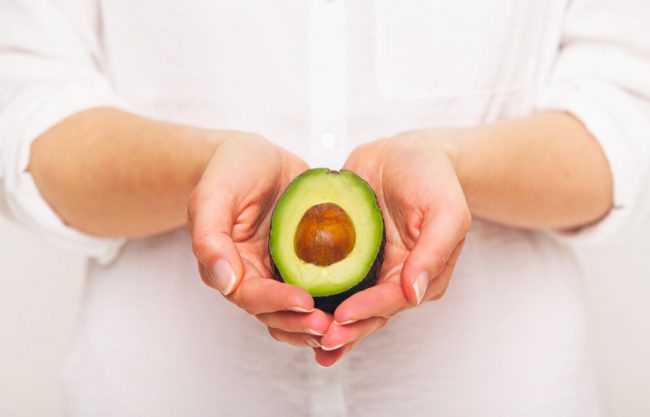Before you jump on the paleo bandwagon and start OD’ing on almond flour, coconut oil, and copious quantities of meat, some due diligence may be in order. Even though the paleo diet, which foreswears dairy, beans, grains as well as most processed foods, is huge, that doesn’t mean its necessarily healthy. Also called the caveman diet, the paleo diet is based on the premise that our ancestors survived—and thrived—on a diet that was mainly meat, nuts, fruit and vegetables. The upshot, for Paleo proponents, is that be healthier, leaner, and stronger our diet should more closely mimic these ancient eating patterns. Detractors call the Paleo diet too restrictive, too high in fat, expensive and imbalanced. Let’s take a closer look at the pros and cons.
Pros of Paleo:
Nutrient dense
The core of the paleo diet is based on foods that are very nutritious: lean meats, raw vegetables, large volumes of water, and raw fruits and nuts. With its focus on vegetables and fruits, if done right the paleo diet provides plenty of fiber and healthy carbs, despite the lack of grains and legumes. Although the diet shuns dairy, fortified almond and coconut milks, as well as large amounts of dark leafy greens, can easily help you make your calcium quota.
Weight loss
A high concentration of protein and fats translates into an improved sense of satiety, or fullness, between meals. That sense of protein-induced fullness, combined with the limited food choices, mean people tend to lose weight on this diet—a contributing factor to its enormous popularity.
Cleaner food, better lifestyle
Paleo is a full-life, holistic approach. It claims to help you get rid of unwanted fat, purge toxins, clear your complexion, sharpen the mind, and get you in touch with your more primal, intuitive aspects. From a dietary perspective, one of its biggest selling points is the emphasis on whole rather than processed foods, which Americans tend to overconsume. Similarly, it also restricts salt and sugar. Another corollary of the paleo diet is that people tend to make their meals at home more frequently, which a recent study has suggested leads to consuming fewer calories.
Cons of paleo:
Restrictive
In its annual Best Diets Rankings, U.S. News and World Report placed the paleo diet on the outer fringes, ranking it a 36 out of 38, based on input from a panel of health experts. One of the main criticisms was that the diet’s restrictiveness made it hard to sustain. Plus, according to the report, “the experts couldn’t accept that entire food groups, like dairy and grains, are excluded, making it hard for dieters to get all the nutrients they need. It’s one of the few diets that experts actually considered somewhat unsafe and only somewhat complete nutritionally.”
Much research suggests that the long-term effects of insufficient intake of carbohydrates and calcium can lead to deficiencies in vital minerals and nutrients.
Expensive
The focus on meat, especially high quality grass-fed and wild-caught meats, which tend to cost more than other options, make this diet quite pricey.
Environmental cost
This diet is one of the most difficult for vegetarians, especially since it excludes beans and grains, crops that have less of a carbon footprint than meat. The environmental ramifications of eating a meat-heavy diet are considerable: According to PETA, “meat consumption has such a devastating effect on all aspects of our environment that the Union of Concerned Scientists lists meat-eating as the second-biggest environmental hazard facing the Earth. (Number one is fossil-fuel vehicles.)” While the Paleo diet may give you energy, inspire you to eat cleaner, and lose weight, it’s worth considering the sustainability questions it raises both personally as well as environmentally.
Interested in trying the paleo diet but not sure where to start? Download this free paleo recipe ebook now!

